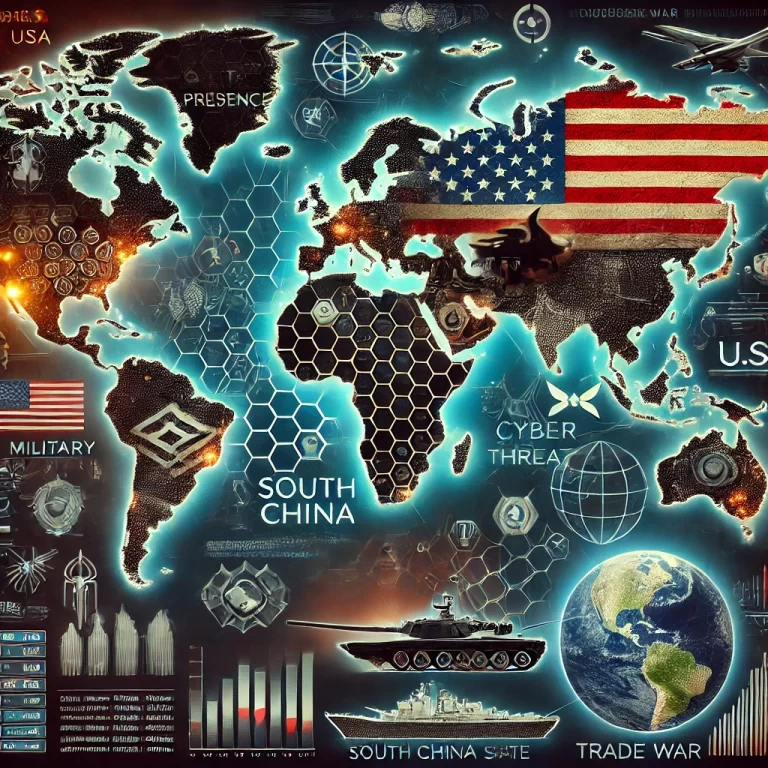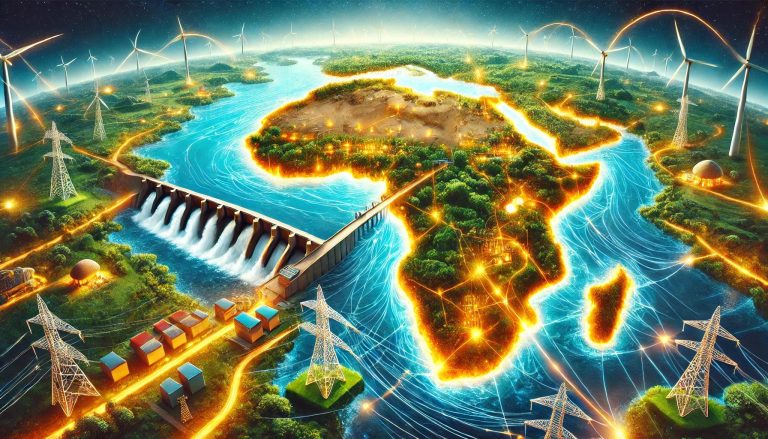
What Happens to Plastic in the Ocean: The Mystery of Missing Plastic
Plastic has become an indispensable material in modern life. It is durable, waterproof, and inexpensive, making it a cornerstone of industries ranging from packaging to technology. However, its durability is both its greatest strength and its most significant weakness. Once discarded, plastic resists decomposition, posing a severe challenge to ecosystems, particularly in our oceans. Despite extensive efforts to monitor and track oceanic plastic, much of it seems to vanish, leaving scientists puzzled about its whereabouts and impacts. This article explores the journey of plastic in the ocean, its consequences, and the quest to solve the mystery of the missing plastic.
The Scale of the Problem
The scale of plastic pollution is staggering. Global production has risen from 1.5 million tonnes in 1950 to nearly 300 million tonnes per year today. Jenna Jambeck, an engineer specialising in waste management, conducted a pivotal study in 2015 estimating that 8 million tonnes of plastic entered the ocean in 2010 alone. This is equivalent to a truckload of plastic dumped into the sea every minute. Yet, only 1% of this waste—about 236,000 tonnes—is visible on the ocean’s surface, according to a study led by Kara Lavender Law of the Sea Education Association.
This disparity has led to questions about the fate of the remaining 99%. Where does the missing plastic go? The answers may lie in the ocean’s depths, food chains, and microscopic transformations.
Ocean Gyres: Plastic Accumulation Zones
Oceanic gyres—large systems of circulating ocean currents—are primary sites for plastic accumulation. These regions, often referred to as “plastic continents,” include five major zones: two in the Pacific, two in the Atlantic, and one in the Indian Ocean. Within these gyres, plastic debris can persist for decades, fragmented by sunlight and waves into microplastics less than five millimetres in size.
Oceanographer Eric van Sebille has shown that these gyres are not static. Using GPS-equipped buoys, he discovered that plastic debris is constantly moving between gyres, forming a dynamic and interconnected system. Contrary to popular belief, these zones are not dense islands of trash but scattered accumulations, often invisible to the naked eye.
The Role of Microplastics
Microplastics represent the heart of the missing plastic mystery. These tiny fragments result from the breakdown of larger plastic items through a process called photodegradation. They are ubiquitous, found everywhere from Arctic sea ice to the deep ocean floor.
Richard Thompson, a marine scientist, was among the first to study microplastics extensively. His research revealed that these particles are not merely remnants but actively interact with marine ecosystems. Microplastics are small enough to evade standard sampling nets, making them difficult to quantify accurately. Yet, their prevalence poses significant risks to marine life, as they are easily ingested by plankton, fish, and other organisms.
Plastic in the Food Chain
Plastic’s infiltration into the food chain is alarming. Chelsea Rochman, an ecotoxicologist, has shown that microplastics absorb pollutants such as pesticides and heavy metals from seawater. When marine organisms ingest these plastics, the toxic chemicals can transfer to their tissues, potentially affecting predators higher up the food chain—including humans.
A study in Ghent, Belgium, found that mussels and other shellfish, which are consumed whole, often contain microplastics. Researchers estimated that heavy consumers of shellfish may ingest up to 11,000 pieces of microplastic annually. The potential health impacts on humans remain unclear, but the presence of plastics in human diets is a growing concern.
Plastic on the Seafloor
While surface waters and gyres have been the primary focus of research, the seafloor is likely the largest repository of plastic waste. François Galgani, a leading researcher, has used deep-sea submarines to document plastic debris on the ocean floor. These remote regions are challenging to study, but preliminary findings suggest that significant quantities of plastic settle there, carried by sinking particles or marine organisms.
Lucy Woodall, a marine biologist, discovered microplastics embedded in deep-sea sediments and in the bodies of small benthic organisms. Her findings highlight plastic’s ability to permeate even the most isolated ecosystems, further complicating the mystery of its final destination.
The Microbial Connection
Recent research has revealed a surprising twist in the plastic narrative: microbes. Tracy Mincer and his colleagues discovered microbial communities on plastic debris, some of which appear capable of breaking down plastics. These bacteria, known as “pit formers,” create tiny craters on plastic surfaces, potentially accelerating decomposition. While this process offers hope for mitigating plastic pollution, it is not a panacea. The breakdown is slow and does not account for the sheer volume of plastic entering the oceans annually.
In 2024, significant advancements have been made in understanding and harnessing microbial capabilities to degrade ocean plastics. Researchers at the Royal Netherlands Institute for Sea Research identified the marine fungus *Parengyodontium album*, which can decompose polyethene—the most prevalent plastic in oceans—following exposure to ultraviolet (UV) radiation. However, this process is limited to plastics near the ocean’s surface, where sunlight penetrates.
Similarly, scientists from King Abdullah University of Science and Technology discovered bacteria in mangrove soils containing enzymes capable of breaking down polyethene terephthalate (PET), a common plastic pollutant. These findings suggest that microbial solutions could play a vital role in future waste management strategies. Despite these promising discoveries, degradation rates remain relatively slow and are unable to keep pace with the vast amounts of plastic entering marine environments annually. While microbial degradation offers a glimmer of hope, it must be integrated with broader waste management efforts to effectively tackle the global plastic crisis.
The Broader Ecological Impacts
Plastic’s impact on marine ecosystems extends beyond physical and chemical effects. It is a vector for invasive species, providing them with a durable platform to cross oceans. After the 2011 Japanese tsunami, researchers documented over 120 species hitching rides on plastic debris to the North American coast. Unlike traditional transport methods, plastic remains adrift for years, enabling species to establish in new habitats, potentially disrupting local ecosystems.
Plastic as a vector for invasive species disrupts the delicate balance of marine ecosystems, causing cascading effects that threaten biodiversity. When non-native species arrive in new habitats via floating plastic debris, they often outcompete native species for resources such as food and shelter, leading to declines or even extinctions of local populations. This disruption can destabilise food webs, alter nutrient cycles, and affect the overall health of the ecosystem.
For instance, invasive species such as barnacles, mussels, or algae can proliferate on plastic, forming dense colonies that spread rapidly in unfamiliar waters. Their unchecked growth can harm economically important species, such as fish and shellfish, by encroaching on their habitats or introducing diseases. This ripple effect extends to human communities reliant on these marine resources, impacting livelihoods, tourism, and food security. Thus, plastic debris acts as an ecological Trojan horse, introducing hidden threats that compound the environmental and economic damage caused by plastic pollution.
Solutions: Prevention Over Cure
Prevention is paramount given the immense challenge of recovering plastic from the ocean. Improved waste management systems, recycling infrastructure, and public awareness campaigns are essential. Policies such as banning single-use plastics and promoting biodegradable alternatives can significantly reduce the influx of plastic waste.
As Jenna Jambeck warns, failure to act could result in a tenfold increase in oceanic plastic by 2025. The adage “out of sight, out of mind” does not apply to plastic pollution. Its hidden impacts, from disrupting ecosystems to infiltrating food chains, underscore the urgent need for action.
Conclusion: The Fight Against Ocean Plastic
The mystery of missing plastic is a testament to the complexity of environmental challenges in the Anthropocene. While much remains unknown, the evidence is clear: plastic pollution is pervasive, insidious, and requires immediate attention. Scientists, policymakers, and individuals all have a role to play in reducing plastic waste and mitigating its impacts.
Ultimately, the most effective solution is to stop plastic from entering the ocean in the first place. By rethinking our production, consumption, and disposal habits, we can address the root causes of this crisis. As Kara Lavender Law aptly puts it, “There really isn’t any way on the planet.” We are responsible for ensuring that plastic does not define the legacy we leave for future generations.
Aric Jabari is a Fellow, and the Editorial Director at the Sixteenth Council.



